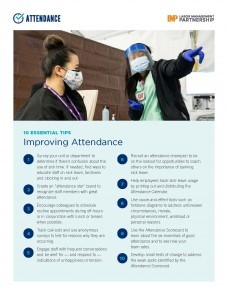| | [[{"fid":"16652","view_mode":"default","fields":{"format":"default","alignment":"","field_file_image_alt_text[und][0][value]":"cartoon toolbox with the word \"refresher\" on it","field_file_image_title_text[und][0][value]":false},"type":"media","field_deltas":{"4":{"format":"default","alignment":"","field_file_image_alt_text[und][0][value]":"cartoon toolbox with the word \"refresher\" on it","field_file_image_title_text[und][0][value]":false}},"attributes":{"alt":"cartoon toolbox with the word \"refresher\" on it","style":"height: 83px; width: 105px;","class":"media-element file-default","data-delta":"4"}}]] | [[{"fid":"16653","view_mode":"default","fields":{"format":"default","alignment":"","field_file_image_alt_text[und][0][value]":"cartoon toolbox with the word \"intermediate\" on it","field_file_image_title_text[und][0][value]":false},"type":"media","field_deltas":{"5":{"format":"default","alignment":"","field_file_image_alt_text[und][0][value]":"cartoon toolbox with the word \"intermediate\" on it","field_file_image_title_text[und][0][value]":false}},"attributes":{"alt":"cartoon toolbox with the word \"intermediate\" on it","style":"height: 83px; width: 105px;","class":"media-element file-default","data-delta":"5"}}]] | [[{"fid":"16654","view_mode":"default","fields":{"format":"default","alignment":"","field_file_image_alt_text[und][0][value]":"cartoon toolbox with the word \"comprehensive\"on it","field_file_image_title_text[und][0][value]":false},"type":"media","field_deltas":{"6":{"format":"default","alignment":"","field_file_image_alt_text[und][0][value]":"cartoon toolbox with the word \"comprehensive\"on it","field_file_image_title_text[und][0][value]":false}},"attributes":{"alt":"cartoon toolbox with the word \"comprehensive\"on it","style":"height: 83px; width: 105px;","class":"media-element file-default","data-delta":"6"}}]] |
| What are our capabilities? | The information we need to learn can be done independently and at our own pace. | Co-leads work well together. We are a functional team that can work on projects internally. We’re comfortable using performance improvement tools. | The team needs help! We have multiple needs concerning conflict, lack of engagement, etc. |



